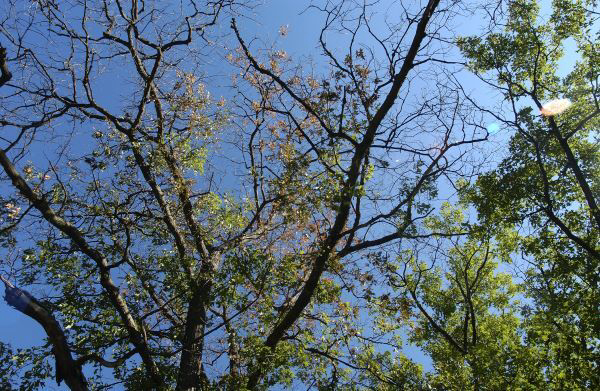Optical Advantages Afield
By Glen Wunderlich
When I began hunting many decades ago, and when age had not taken its predictable toll on my eyesight, I found that rudimentary iron sighted firearms were acceptable for some success afield. However, as time marched on and inevitable experience took shape, the need for ocular enhancement became apparent.
I recall distinctly my first experience with a scoped .22 rimfire rifle, when I noticed a squirrel in a lone oak tree but was having trouble defining the target. That’s when my hunting partner, Fast Frank, handed me his slick Remington Speedmaster topped with a 1-inch tube scope. Shouldering the rifle, the bushytail was easily placed in the crosshairs and I think I actually chuckled out loud at the obvious advantage I had gained.
It was an eye-opener, so to speak and it wasn’t long before Frank and I purchased some inexpensive compact binoculars. They didn’t cost much and were small enough to fit into chest pockets for quick deployment. They were better than nothing, but that’s about it, with the possible exception of value for bow hunting and turkey hunting.
Serious hunters realize that those compact model binoculars are difficult to use. Images are poor, light gathering is weak, and images are not sharp. Bigger glass in sizes such as 7×35 (meaning 7 power with 35mm objective lenses) are better in low light situations, when most big game is more active. With the realization that most hunters spend their hard-earned cash on rifles and scope combinations, they tend to overlook the importance of a good binocular. Some hunters prefer magnification of 8 or 10 power, but to appreciate such magnification the objective lenses must also be larger – 40mm or more.
Again, any binocular is better than none at all – especially if one relies upon a rifle scope’s optic to find and define game. This practice is inherently dangerous insofar as it violates a foundational and most important aspect of firearms safety: Always keep the muzzle pointed in a safe direction, meaning don’t point your firearm at anything you don’t intend to shoot.
Binoculars are the best tool for the job, but one reason some hunters may not opt to carry them afield is the sheer bulkiness of full-size models. Nobody wants them dangling from their neck, as can be the drawback with cheap straps provided with most binoculars. The answer is simple: a harness and case system.
Such a system provides several advantages for hunters. The harness keeps the binocular from swinging precariously about your person and minimizes the chances of inadvertent noises. A case will allow hunters to wear them outside of any garments, thus making for quick deployment, while keeping the optic protected from rain and snow or anything else that has the potential to scratch the glass. And, the number one reason for a harness/case system is that you’ll be more accustomed to taking your binocular on hunts.
The system I’ve been using for years is the S4 Lock Down Optics Deployment System and retails for $40 or so.

S4 Lockdown Optics Deployment System
It comes in sizes to accommodate different binoculars, and when hunting, I don’t leave home without them. Other models may cost less or much more, but the important take away is to get away from using firearms exclusively to locate and identify game. Good sense and ethics dictate as much.






